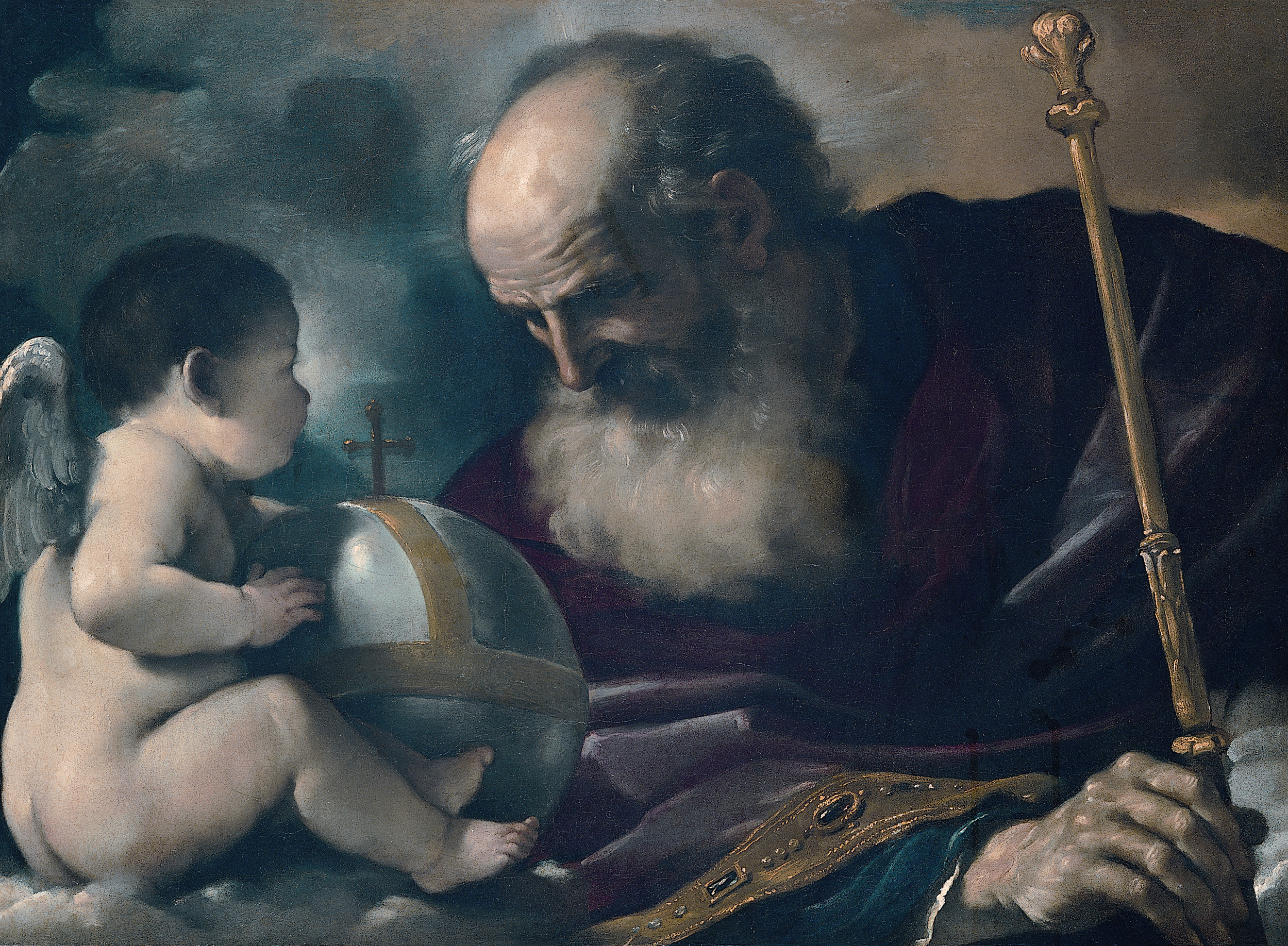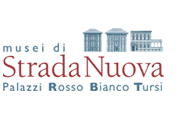
Click here to view image
Eternal Father with little angel
Brignole-Sale De Ferrari Maria 1888 Genova - legato
Barbieri, Giovanni Francesco detto il Guercino
painting
PB 257
Unità di misura: cm; Altezza: 66; Larghezza: 91
olio su tela
Mostra d'arte antica aperta nelle sale del Palazzo Bianco - Genova - 1892<br>Il Guercino (Giovanni Francesco Barbieri, 1591-1666) - Bologna - 1968<br>Il Guercino - Bologna - 1991<br>Genova e Guercino. Dipinti e disegni delle civiche collezioni - Genova - 1992
The painting was intended to crown the altarpiece depicting the ‘Clothing of Saint William of Aquitaine’, painted by Guercino in 1620 for Cristoforo Locatelli. According to Malvasia's testimony, the client ‘kept it for himself’, placing a copy in its place. The presence of Guercino's canvas in the Ligurian capital is attested as early as the first half of the 18th century, while it is mentioned for the first time in Palazzo Rosso in the handwritten inventory of 1748. The painting was one of the few not to be donated, together with the palace, to the municipality of Genoa in 1874, as the Duchess of Galliera took it with her to decorate her Parisian residence. It was only in 1889 that it became part of the artistic heritage of the Palazzo Bianco gallery, through the bequest she made that year to the civic collections.




